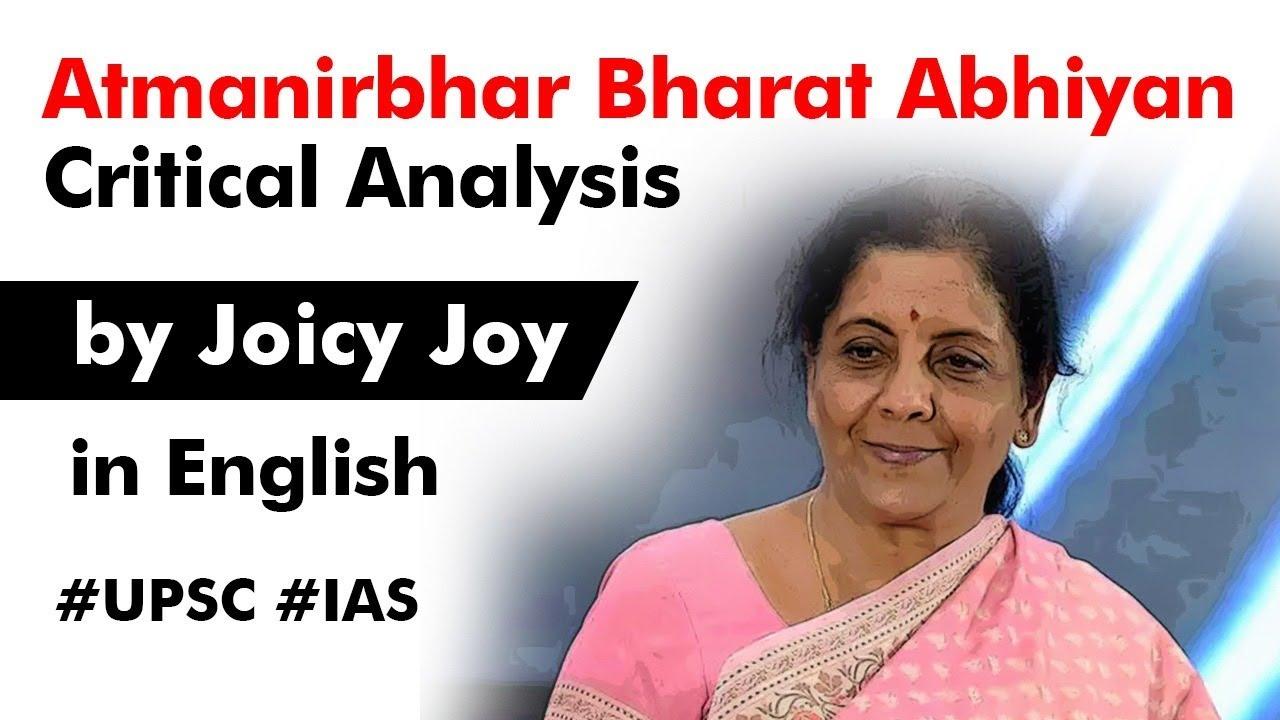Table of Contents
CONTEXT
- Government announced an economic stimulus package of Rs 20 lakh crore.
- Objective- First, interim measures such as liquidity infusion and direct cash transfers for the poor will work as shock absorbers.
- Second, long-term reforms in growth-critical sectors to make them globally competitive and attractive.
- These steps may revive the economic activity, impacted by Covid-19 pandemic and create new opportunities for growth in sectors.
- However, there are several challenges that are needed to be addressed in order to fulfill the vision of this plan.
Impact of this Stimulus Package
- Primary Sector:
- Reforms to amend ECA, APMC, Contract framing, etc are particularly transformative.
- Steps towards the One Nation One Market objective.
- Help India become the food factory of the world.
- Achieve the goal of a self-sustainable rural economy.
- MGNREGA infusion of Rs 40,000 crore – alleviate the distress of migrants when they return to their villages.
- Secondary Sector:
- Rs 3 lakh crore collateral-free loan facility for MSMEs- provide a kickstart to the dismal state of the economy, help to sustain the labour intensive industries and thereby help in leveraging India’s comparative advantage.
- Limiting imports of weapons and increasing the limit of foreign direct investment in defence from 49% to 74%- much-needed boost to the production in the Ordnance Factory Board, while reducing India’s huge defence import bill.
- Tertiary Sector:
- A balanced approach
- PM e-Vidya programme for multi-mode access to digital online education provides a uniform learning platform for the whole nation
- Enable schools and universities to stream courses online without further loss of teaching hours.
- Public expenditure on health will be increased- investing in grass root health institutions and ramping up health and wellness centres in rural and urban areas.
Challenges/Concerns
- The package of Rs 20 lakh crore comprises both fiscal and monetary measures.
- Majority of the package is liquidity measures.
- The lockdown has lowered aggregate demand, and a fiscal stimulus is needed. However, the package, rely overwhelmingly on credit infusion.
- Lack of Backward and Forward Linkages: Unless the rest of the domestic economy is revived, the MSME sector may face a shortage of demand.
- Fiscal Deficit: Government claims that the stimulus package is around 10% of India’s GDP.
- The government seeks a disinvestment to mobilise the finances for the plan.
- It is difficult to borrow the foriegn markets, as rupee with respect to dollar is all time low.
WHAT’S NEEDED?
- Enhancing Demand
- Creating infrastructure
- For financing of the stimulus package, India’s foreign reserves stand at an all-time high which could be strategically used to finance its needs.
- The rest may have to come from privatisation, taxation, loans and more international aid.
- Holistic Reforms
Latest Burning Issues | Free PDF






















 WhatsApp
WhatsApp